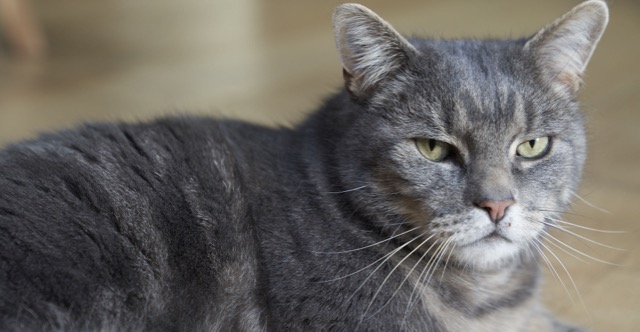Dear George,
Is this a valid statement or not so much?
We were born of a feral cat but in a human house! Does that make us wild? We
are five kitten - seven week old now - and quite social. We are ready for
adoption (if anybody is interested). Our mother, who actually let this nice,
generous human touch her, is getting to the clinic to be spayed. We heard our
“temporary” human mother saying that she won’t release our feral mother back to
the wild since she’s quite used to human touch now. But, what about us?
Are we going to be OK? One of the "girls' in the gang is getting used to catnip toys as you can see in the first photo.
Are we going to be OK? One of the "girls' in the gang is getting used to catnip toys as you can see in the first photo.
Any wise advice George?
In a very playful mood,
The Three Musketeers (out of five)
Dear Kittens,
You are getting the best education you could have for a happy future - warm shelter, regular meals, soft beds, and attentive human servants. Train them using rewards (purrs, rubs, and the opportunity to stroke you) and punishments (hisses, ignoring them, and if necessary swipe and bite).
Start as you mean to go on. An intelligent kitten will have trained his human within the first four weeks to feed the correct food, change the litter tray regularly, and play enjoyable games with him. And all this without the human knowing that she has been trained.
Don't be too selfish. Allow them to share the bed with you. They make good hot water bottles.
Love
George.
Dear Kittens,
You are getting the best education you could have for a happy future - warm shelter, regular meals, soft beds, and attentive human servants. Train them using rewards (purrs, rubs, and the opportunity to stroke you) and punishments (hisses, ignoring them, and if necessary swipe and bite).
Start as you mean to go on. An intelligent kitten will have trained his human within the first four weeks to feed the correct food, change the litter tray regularly, and play enjoyable games with him. And all this without the human knowing that she has been trained.
Don't be too selfish. Allow them to share the bed with you. They make good hot water bottles.
Love
George.






